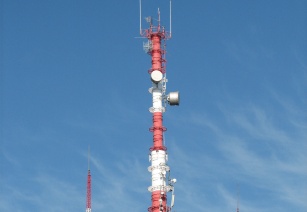Kaspersky Security Solutions reported that there were 28 million malware attacks in South Africa, Kenya and Nigeria in 2020 and 102 million detections of potentially unwanted programmes
These numbers show that it’s not just the malware that attacks users, but also the “grey zone” programmes that grow in popularity and disrupt their experience, while users may not even know it’s there.
Potentially unwanted applications (PUAs) are programmes that are not usually considered to be malicious on their own. In general, however, they influence user experience in a negative way. For example, adware fills user devices with ads; aggressive monetising software spreads unsolicited paid offers; downloaders can download even more different apps on the device, sometimes malicious ones.
While calculating the interim results of threat landscape activity in African countries, researchers have noted that PUAs attack users almost four times more often than traditional malware. They also eventually reach more users: for example, while in South Africa, 415,000 users would be attacked by malware in the seven-month period of 2020, the PUA figure would be 736,000.
“The reason why ‘grey zone’ software is growing in popularity is that it is harder to notice at first and that if the program is detected, its creators won’t be considered to be cybercriminals. The problem with them is that users are not always aware they consented to the installation of such programs on their device and that in some cases, such programmes are exploited or used as a disguise for malware downloads. This is why many security solutions, including ours, flags such programmes to make sure users are aware of its presence, influence on their device and activity,” said Denis Parinov, a security researcher at Kaspersky.
By looking more closely at PUA, it becomes apparent that they are not only more widespread but also more powerful than traditional malware. Evaluating results over the same seven-month period in Nigeria, there were 3.8 million malware attacks and 16.8 million PUA detections, four times as many. Kenyan and South African threat landscapes have become more intense. Almost 10 million malware attacks and 43 million PUA detections have occurred in South Africa. Kenyan users have faced even more malware attacks – around 14 million, and 41 million PUAs have appeared.



































